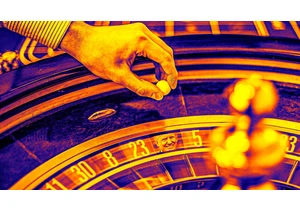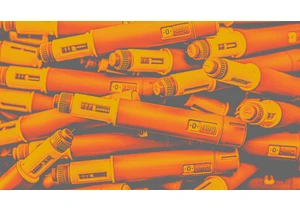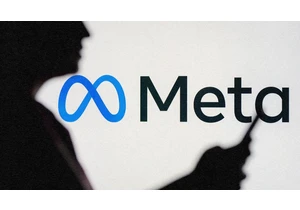In the earliest days of the United States, John Adams wrote to his wife, Abigail, about the celebration of independence: “It ought to be solemnized with Pomp and Parade, with Shews, Games, Sports, Guns, Bells, Bonfires, and Illuminations from one End of this Continent to the other from this Time forward forever more.” “Bonfires and illuminations” refer directly to what we know today as pyrotechnics and fireworks displays.
I’m a chemist and also president of Pyrotechnics Guild International, an organization that promotes the safe use of fireworks and using them here in the U.S. to celebrate Independence Day and other festivals throughout the year. As a chemist, and someone who leads demonstrations for chemistry students, I consider fireworks a great example of combustion reactions that produce colored fire. But the invention of colored fireworks is relatively recent, and not all colors are easy to produce.
Early history of fireworks
Firecrackers were first invented serendipitously by the Chinese in 200 BC. But it wasn’t until one thousand years later that Chinese alchemists developed fireworks in the year AD 800. These early fireworks were mostly bright and noisy concoctions designed to scare evil spirits—not the colorful, controlled explosions we see today. Fast forward another millennium, and the Italians figured out how to add color by introducing various elements to the flammable mix. Adding the element strontium to a color pyrotechnic mix produces a red flame; copper, blue; barium, green; and sodium for yellow.
Too much or too little of the chemicals make significant changes in the temperature, and thus the wavelength of color seen. The proper mixture of chemicals when ignited produce enough energy to excite electrons to give off different colors of light.
Even though the chemistry of these colors isn’t new, each generation seems to get excited by the colors splashed across the sky. We now have a wide range of flame colors: red, green, blue, yellow, purple, and variations of these.
Each color works the same way. As different elements ignite, they release different wavelengths of light, which translate as different colors.
Making that perfect blue firework
Not all colors of fireworks are equally easy to create. I believe several of my colleagues in pyrotechnic research and development would agree with me that blue is the most difficult color to produce.
That’s because the evening sky is a shade of blue, which means that most blues do not show up as well. If you try to make the blue brighter to contrast with the background, it can look washed out. The right balance of copper and other chemicals in the flame or combustion reaction produce the best blue flame color in a firework.
I have taken this into account when trying to create the best blue flame color, which I call pill box blue. It is just bright enough to stand out against the night sky but still a rich blue. I have over 20 blue pyrotechnic formulas, and I have found one that comes very close to this elusive hue.
Another difficulty in creating an intense blue color is that the chemistry is not simple. It requires a combination of several chemicals and the element copper. When copper ignites, the electrons surrounding the copper atoms get excited and energized in the flame. When the electrons release this energy, it appears to observers as blue light. Each color works the same way. As different elements ignite, they release different wavelengths of light, which translate as different colors. So when you see blue-colored dots of light creating a pattern in the night sky, you really are seeing excited electrons releasing energy as blue light.
Paul E. Smith is a lecture demonstrator for chemistry at Purdue University.
This article is republished from The Conversation under a Creative Commons license. Read the original article.
Accedi per aggiungere un commento
Altri post in questo gruppo

Every now and then, you run into a tool that truly wows you.
It’s rare—especially nowadays, when everyone and their cousin is coming out with overhyped AI-centric codswallop tha

Tesla released its quarterly earnings report on Tuesday, its first since the company’s chief executive, Elon Musk, took up residence in the Trump White House and immediately began trying to fire f

There’s never a dull day in the world of weight-loss medication. This week brought new restrictions on compounded GLP-1 medication, the cheaper, copycat versions of brand-name drugs that tel

In December 2023, I wrote an article exploring Apple CEO Tim Cook’s most likely successors, because t

“Meta profits, kids pay the price,” was the message delivered by dozens of grieving families at the doors of Meta’s Manhattan office on Thursday.
Forty-five families traveled from

The world’s auto industry is getting a shake-up from Chinese automakers that

There’s Blue Sky and then there’s Bluesky.
Blue Sky, a paper goods company
